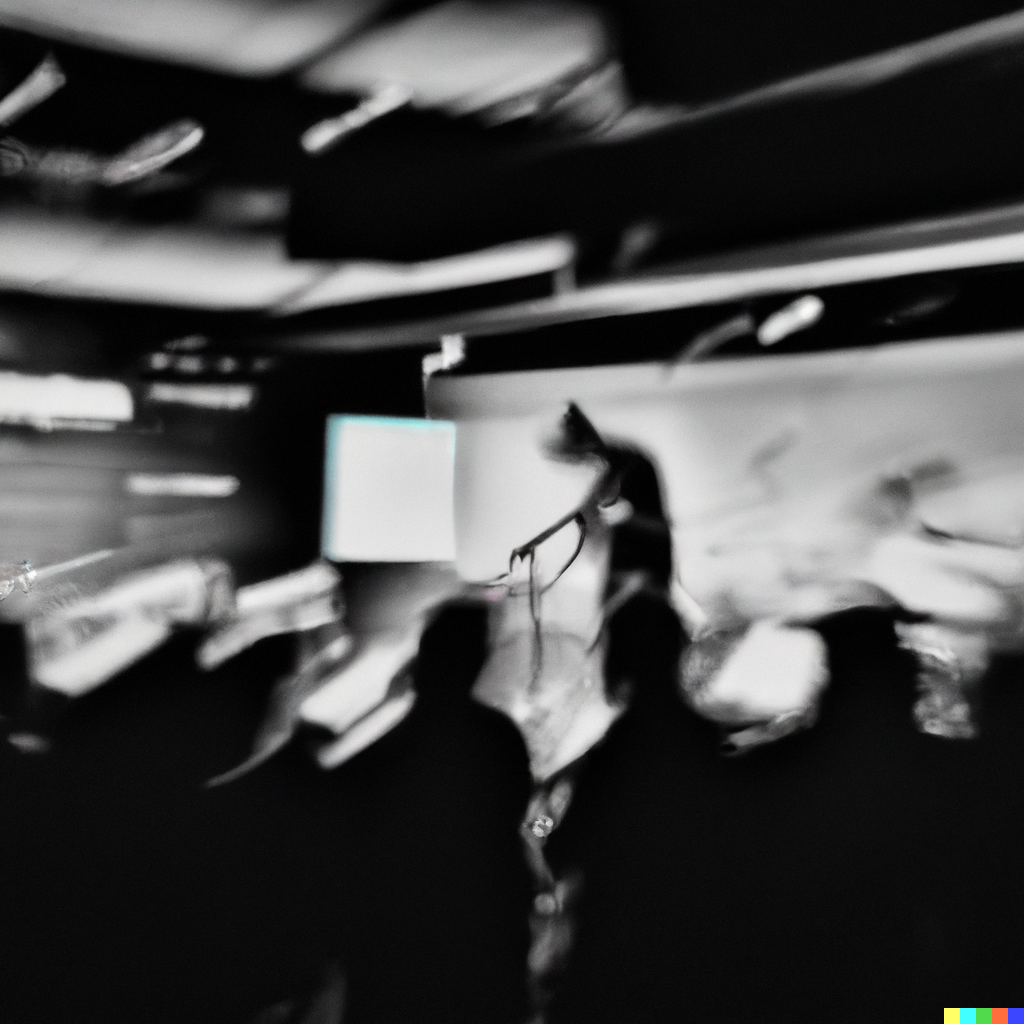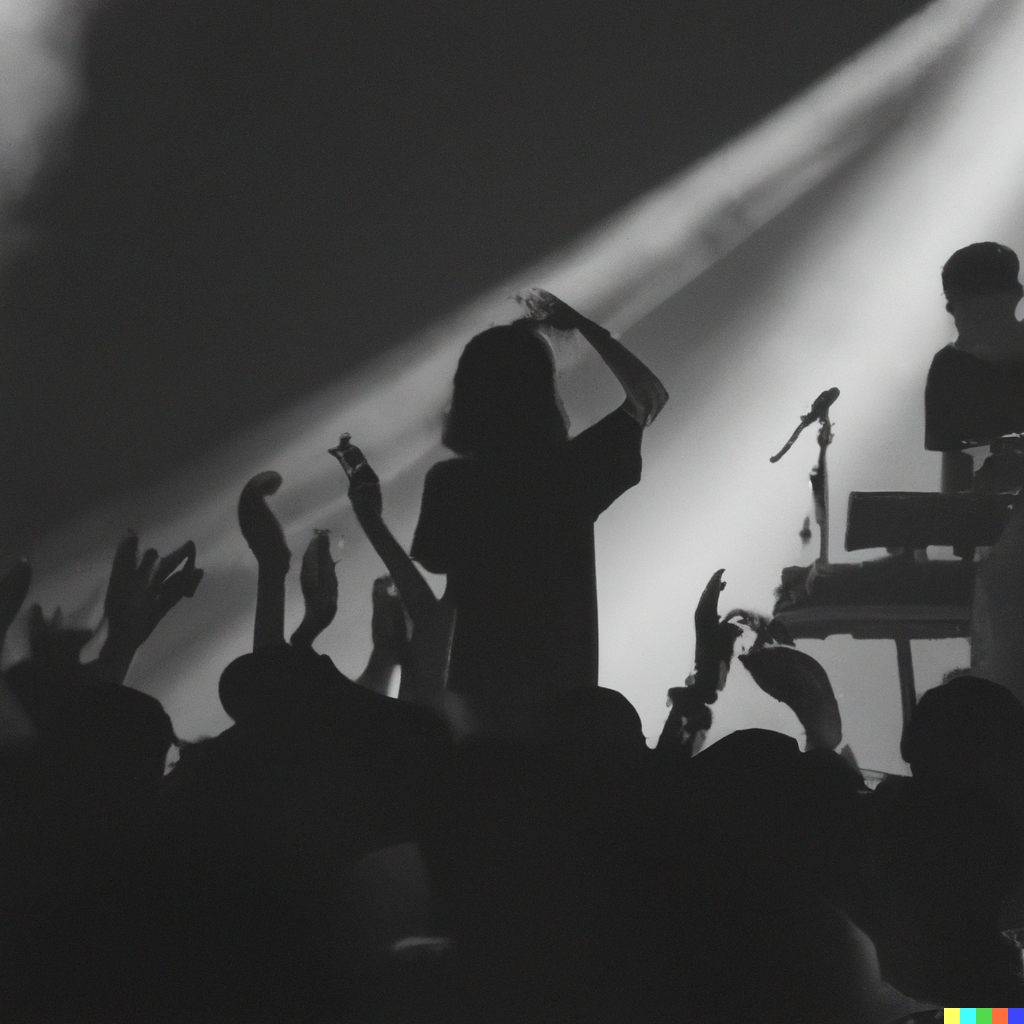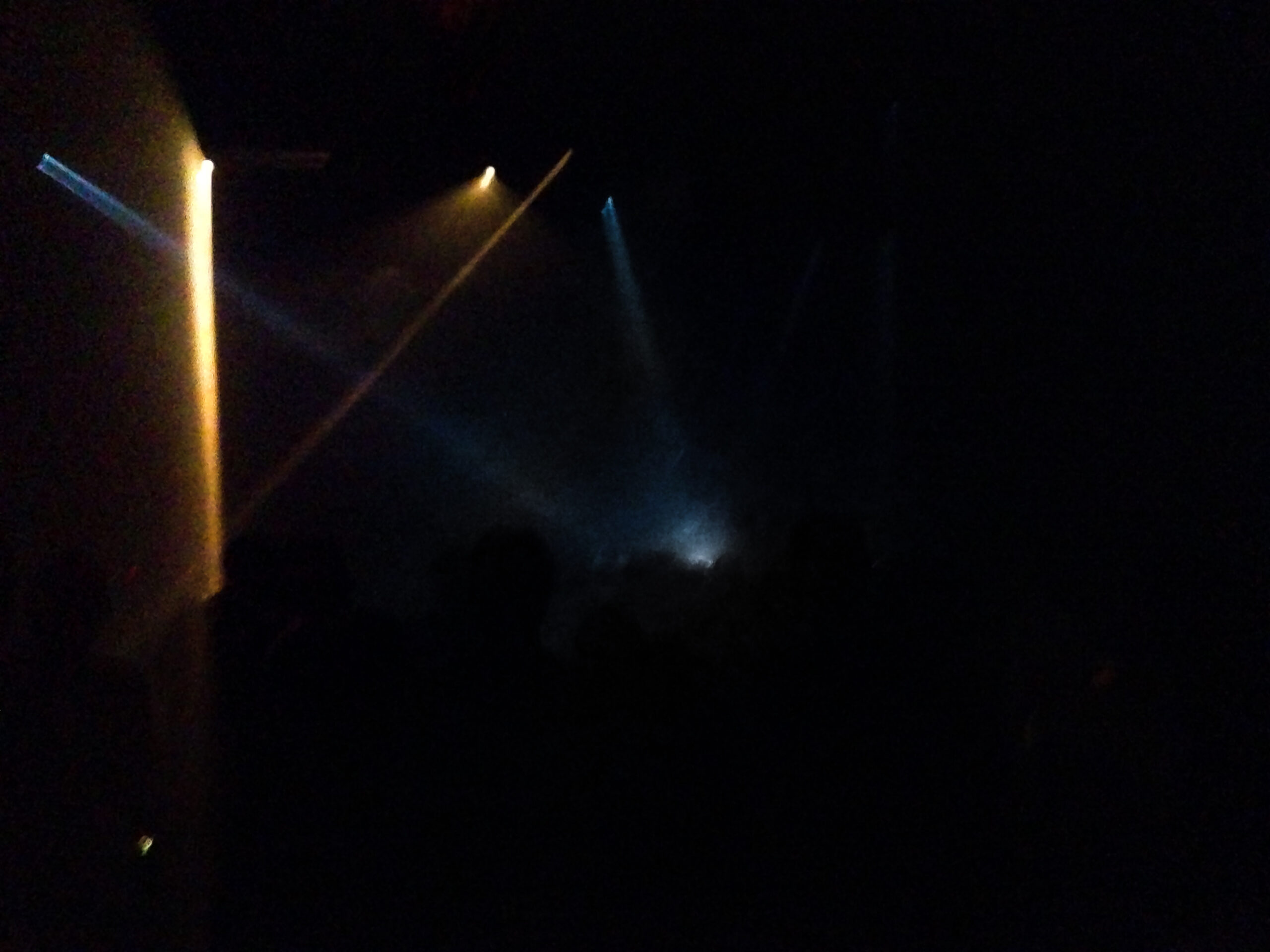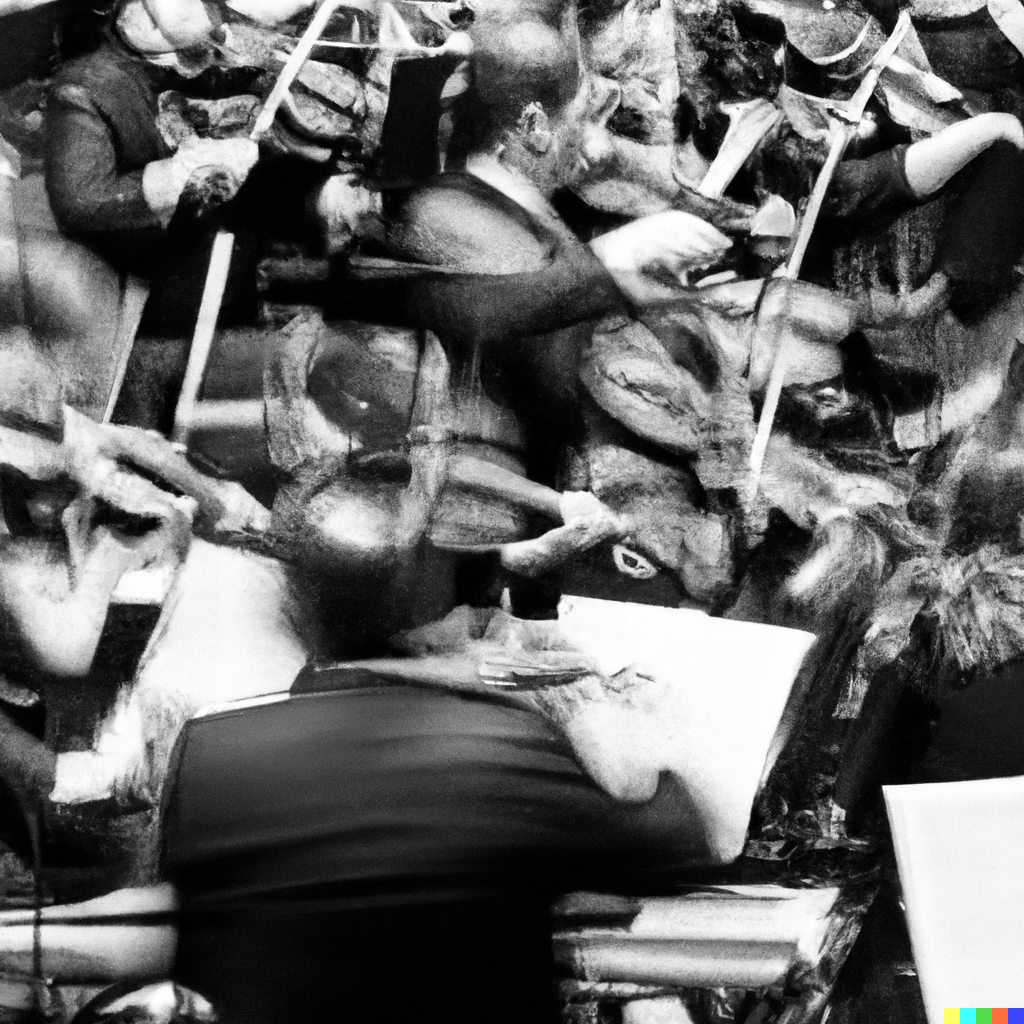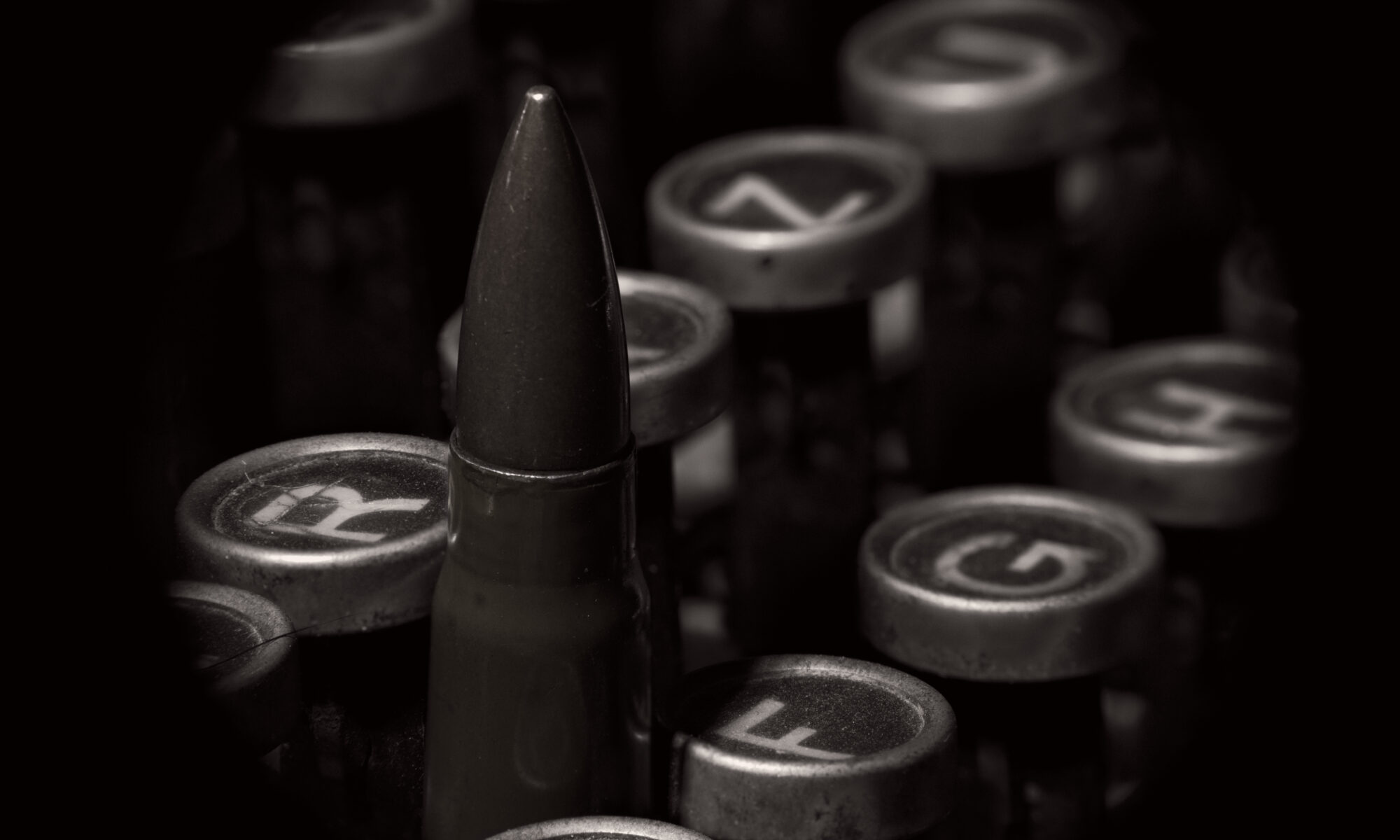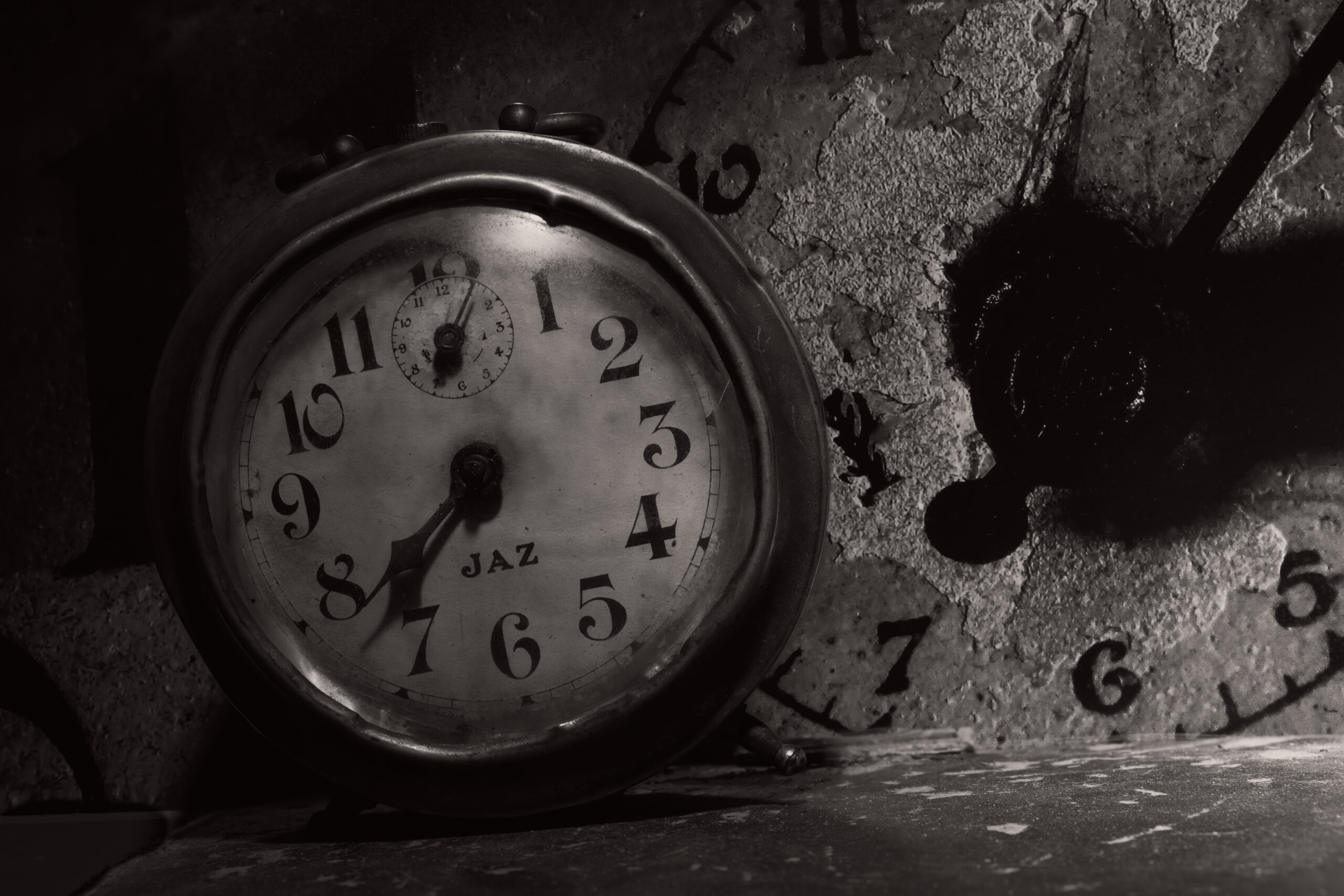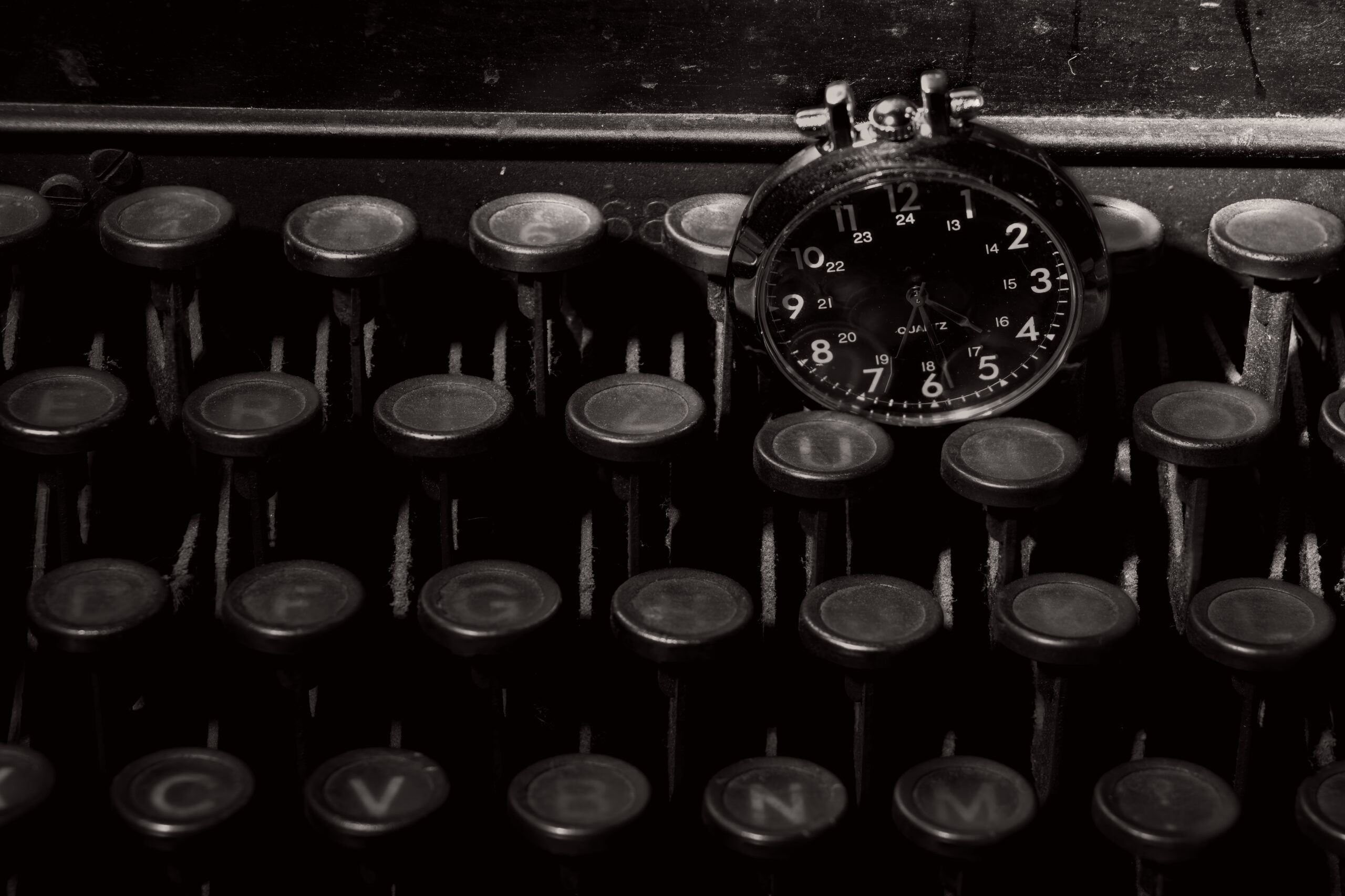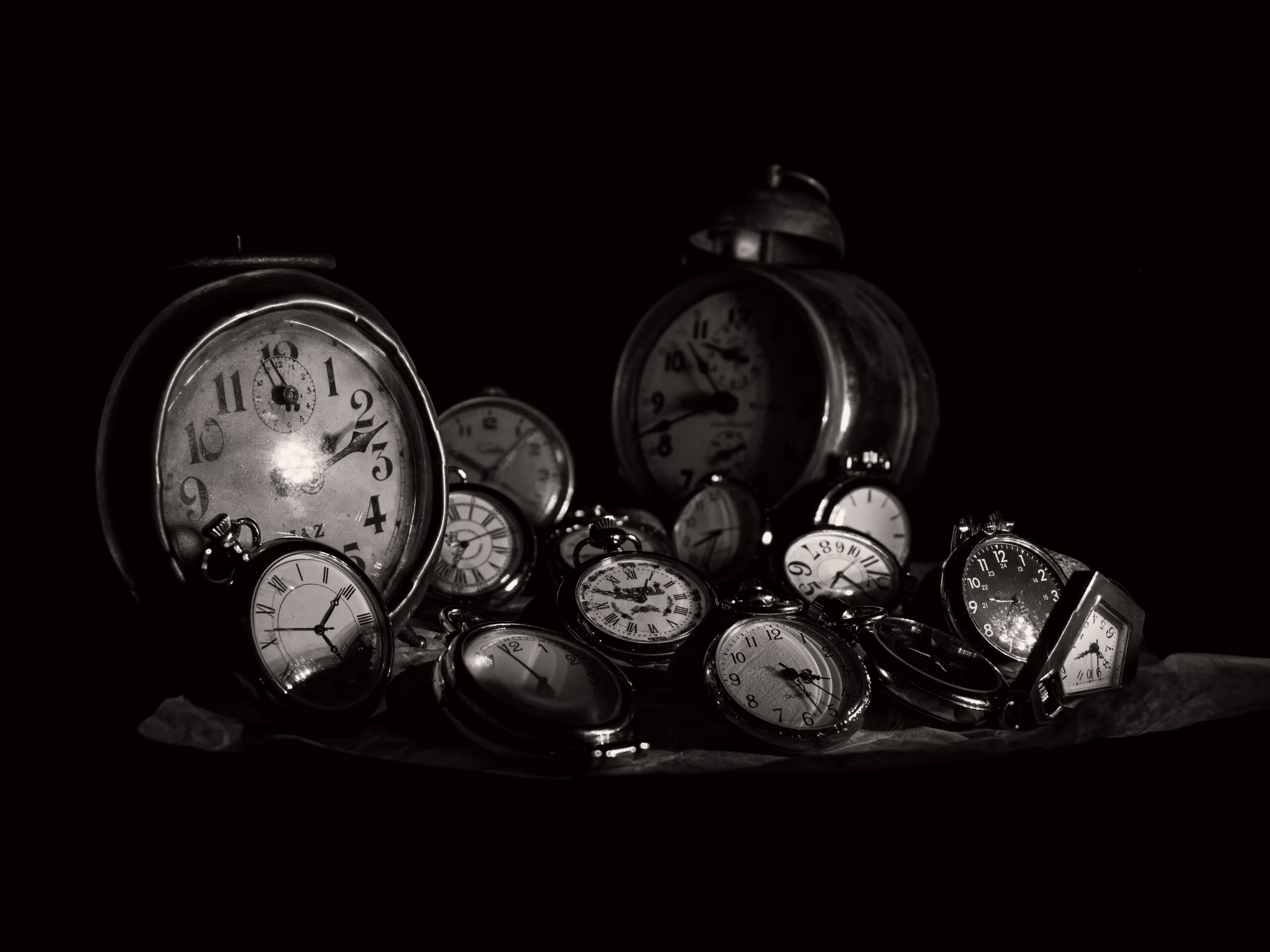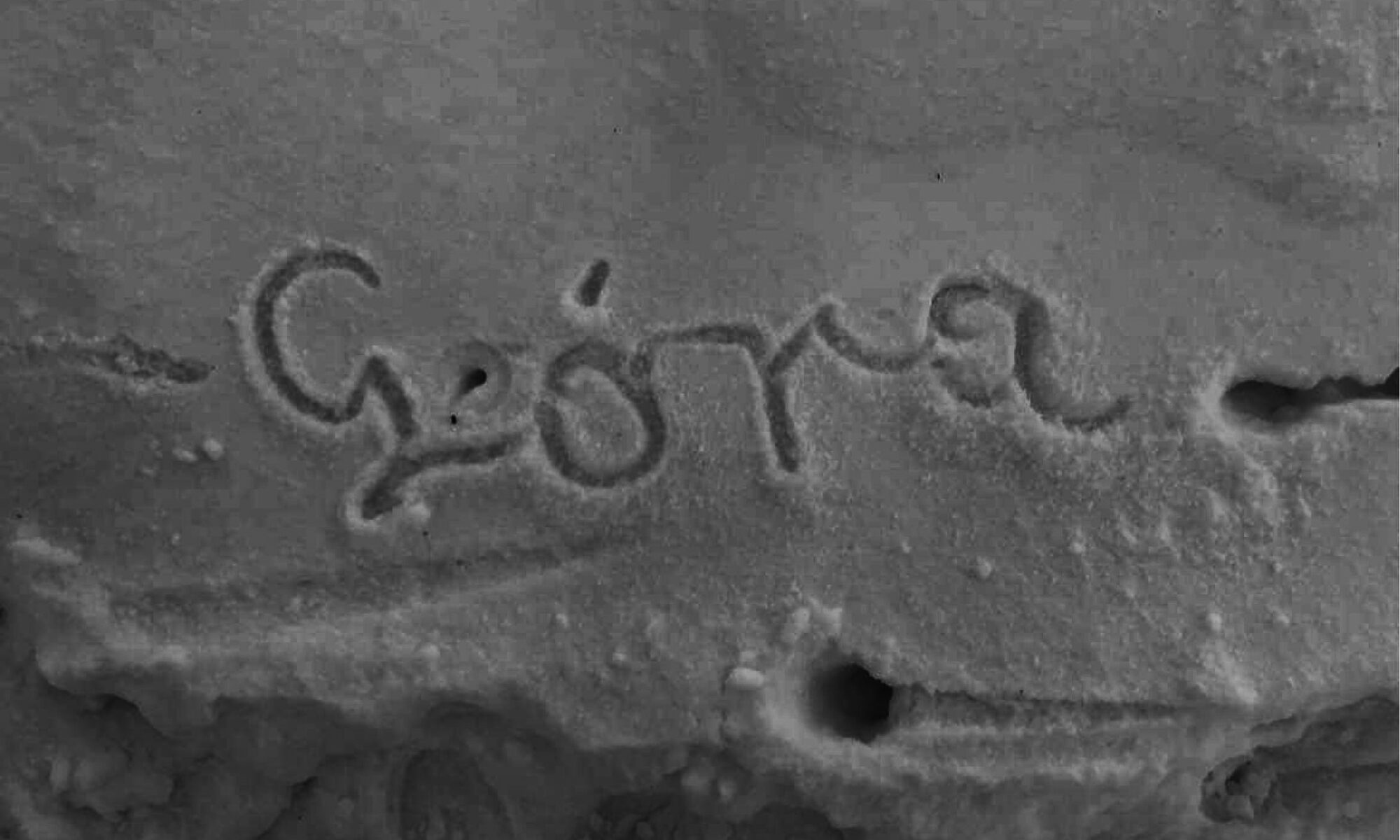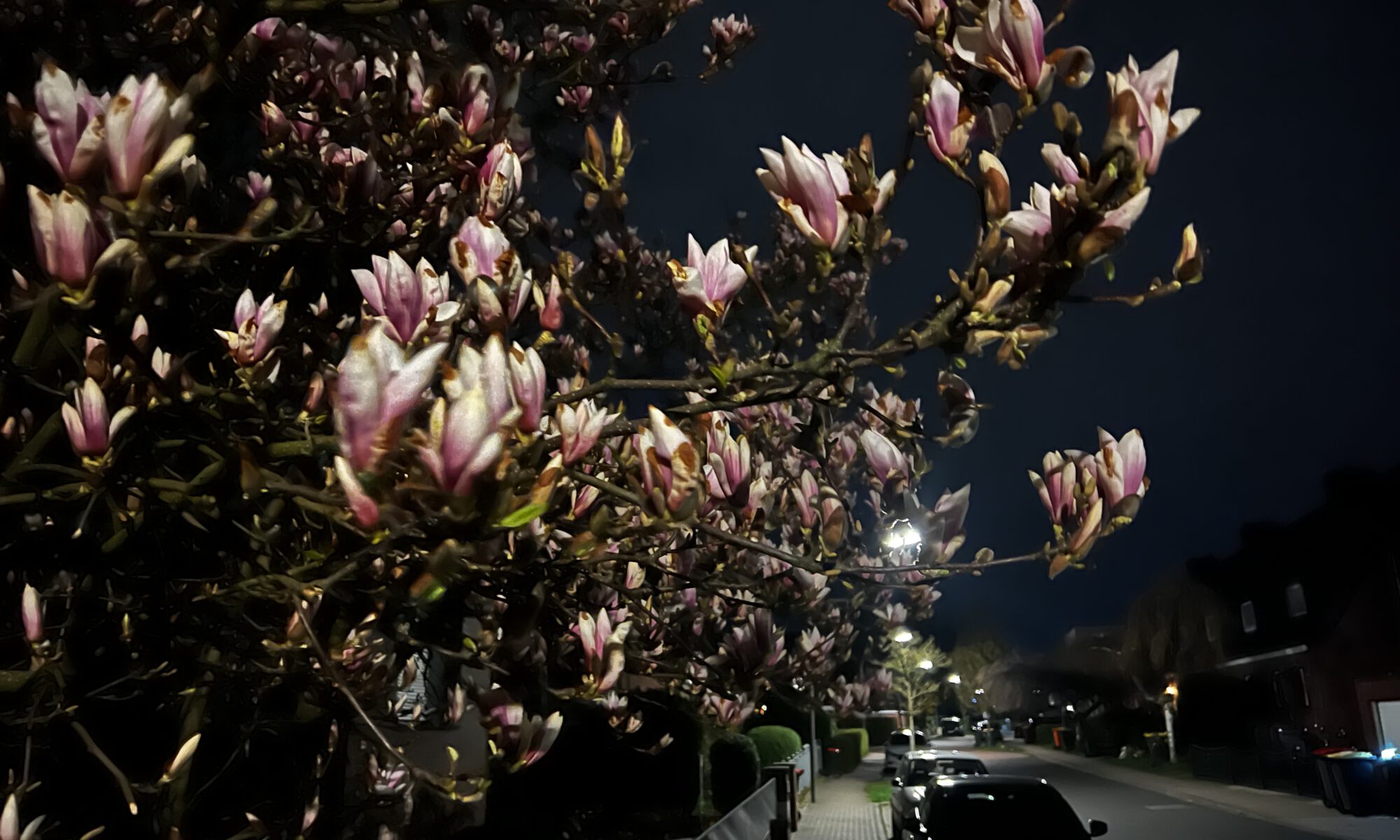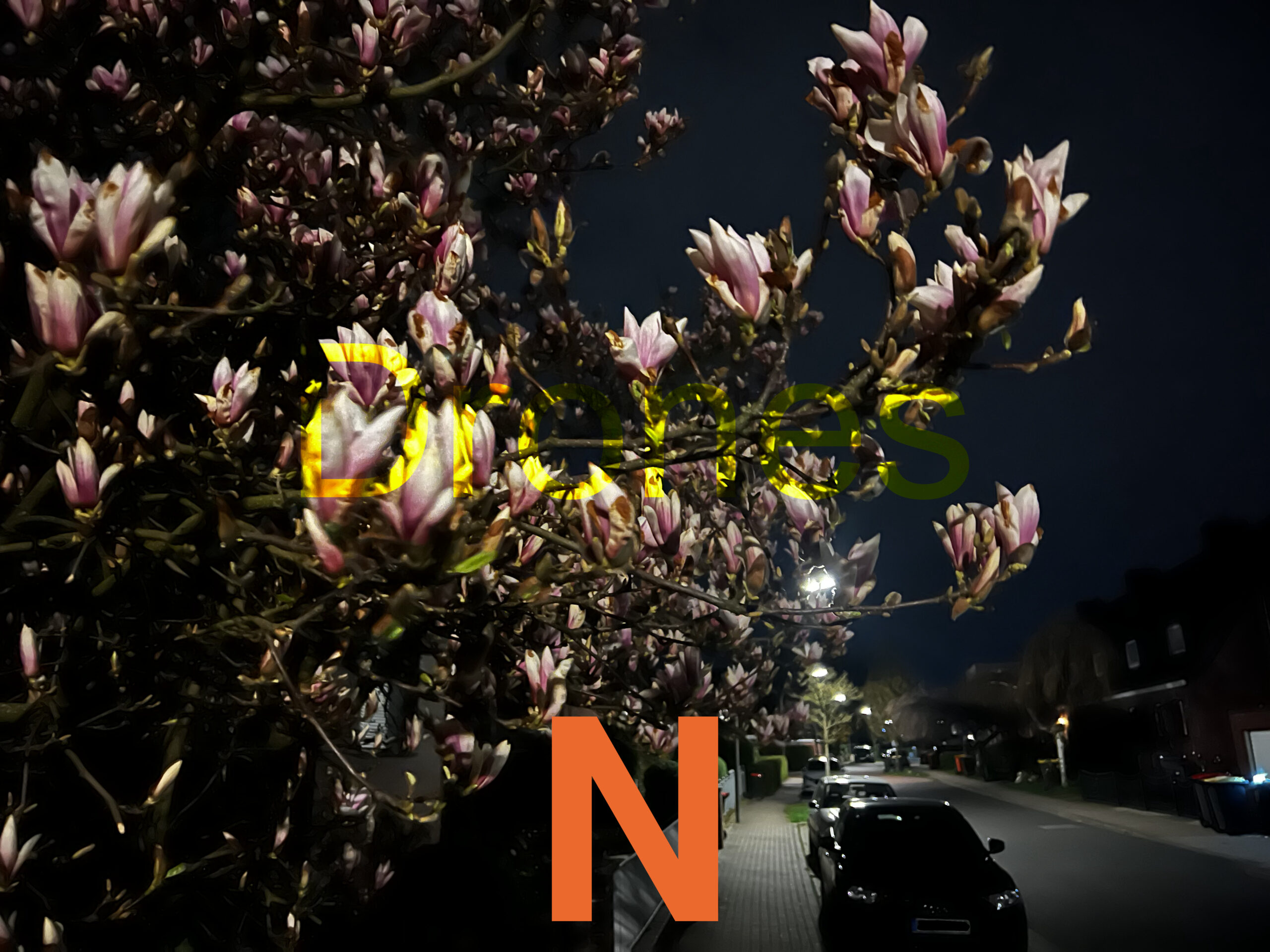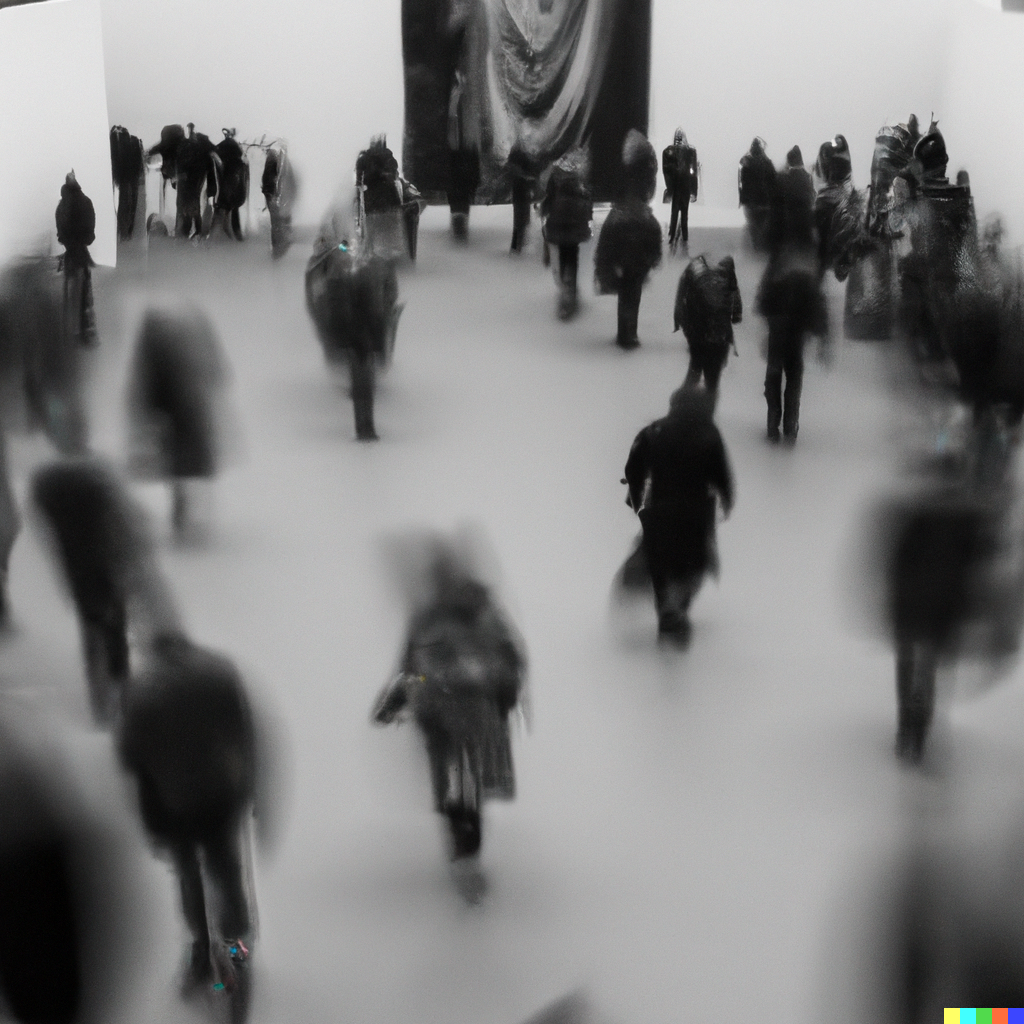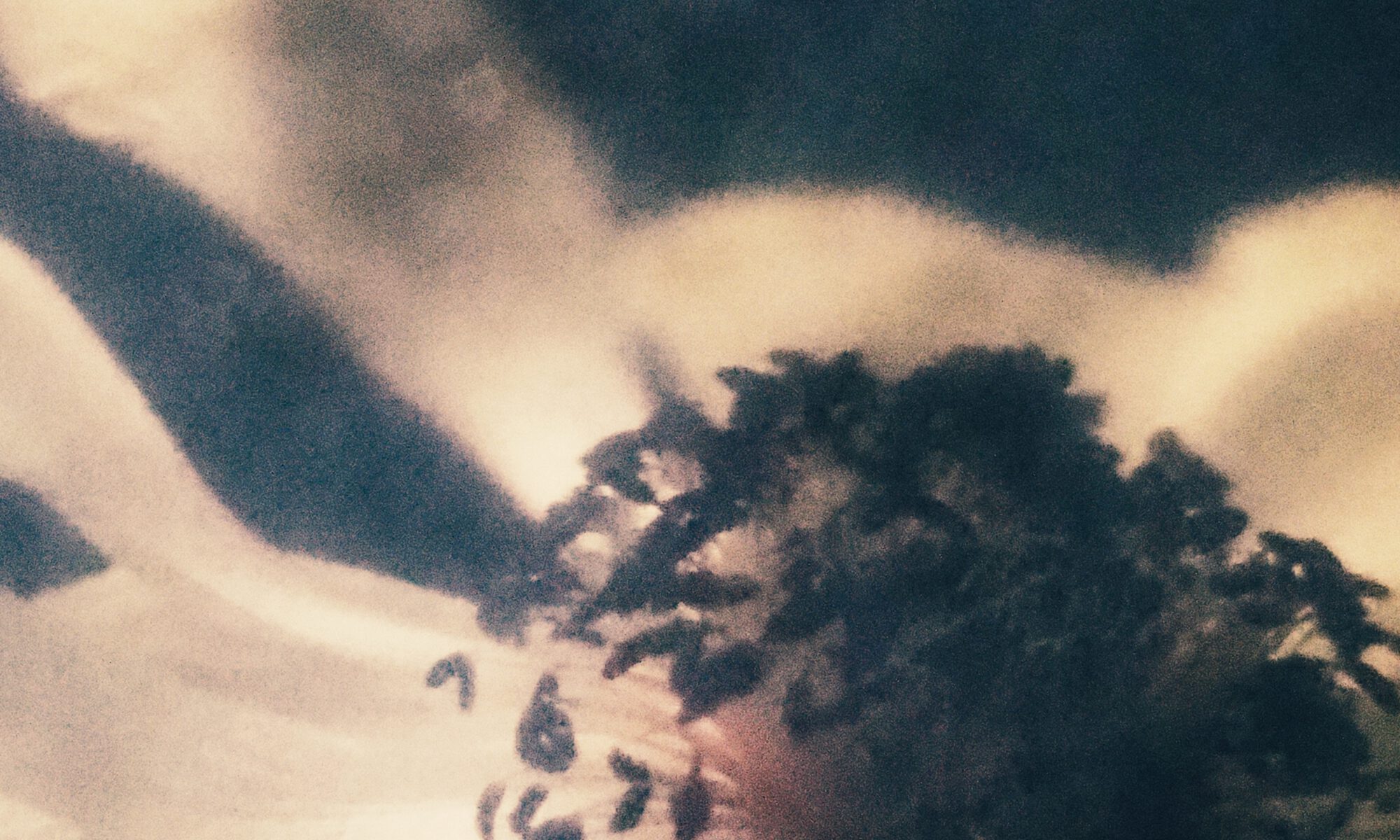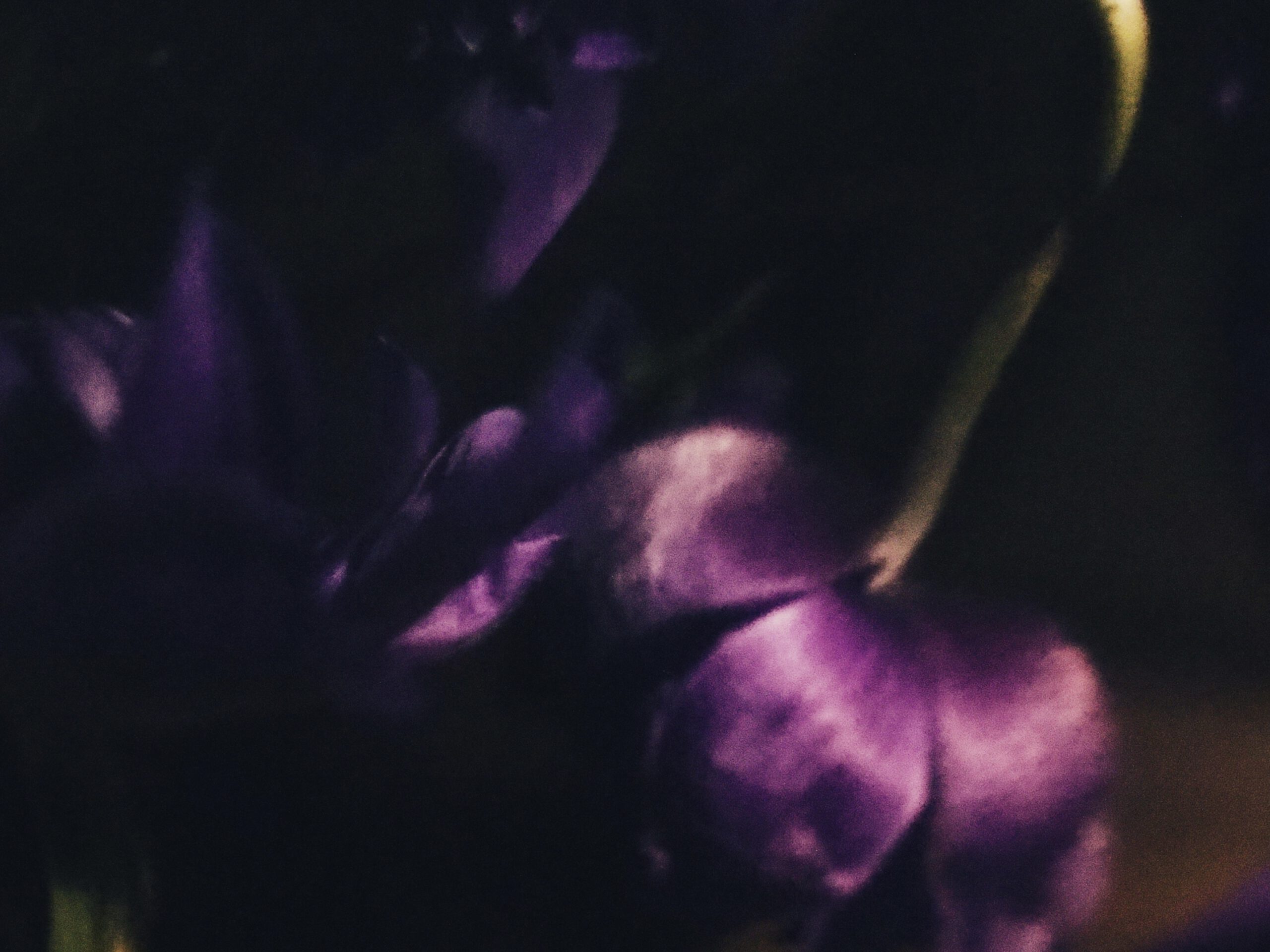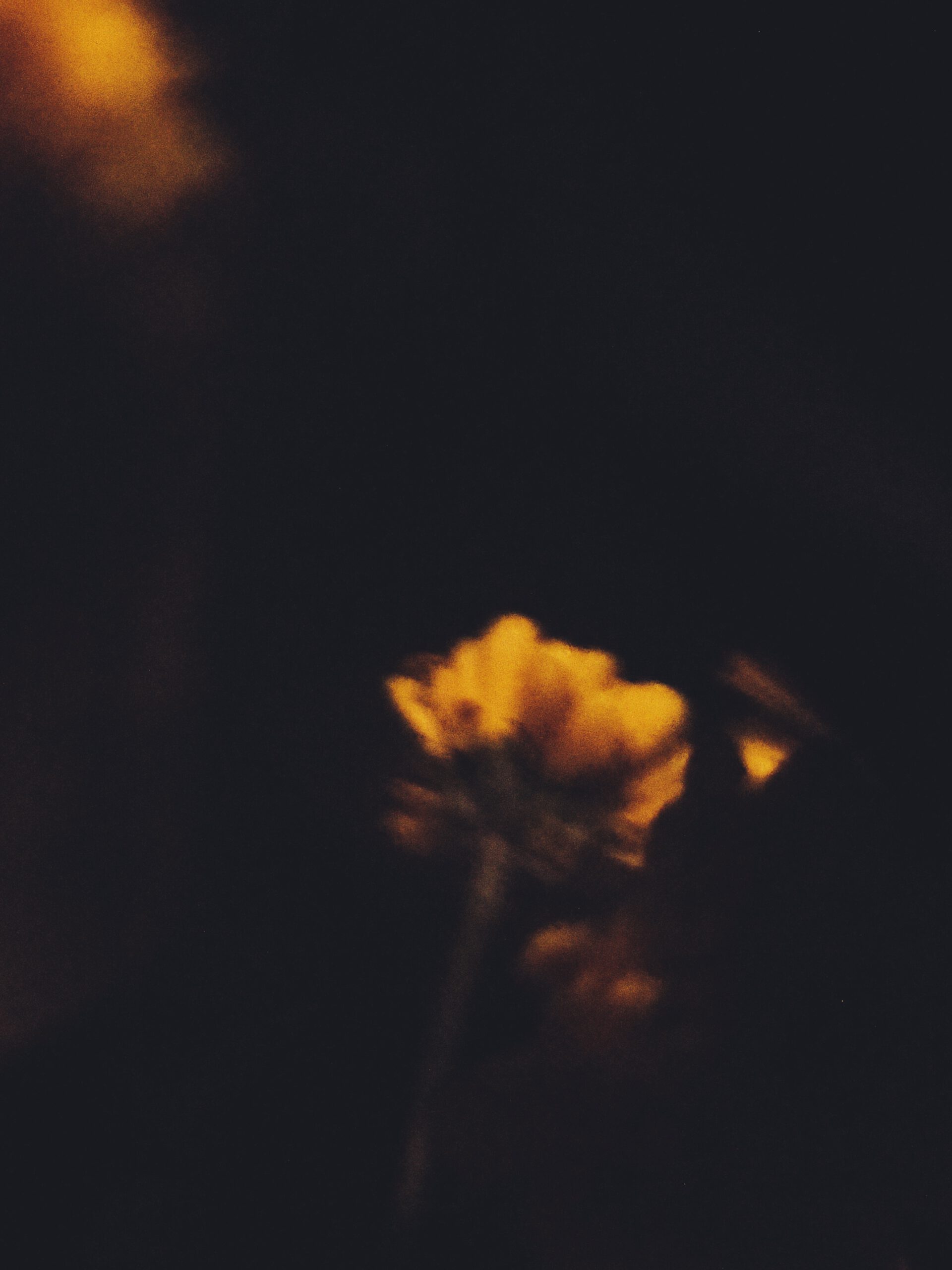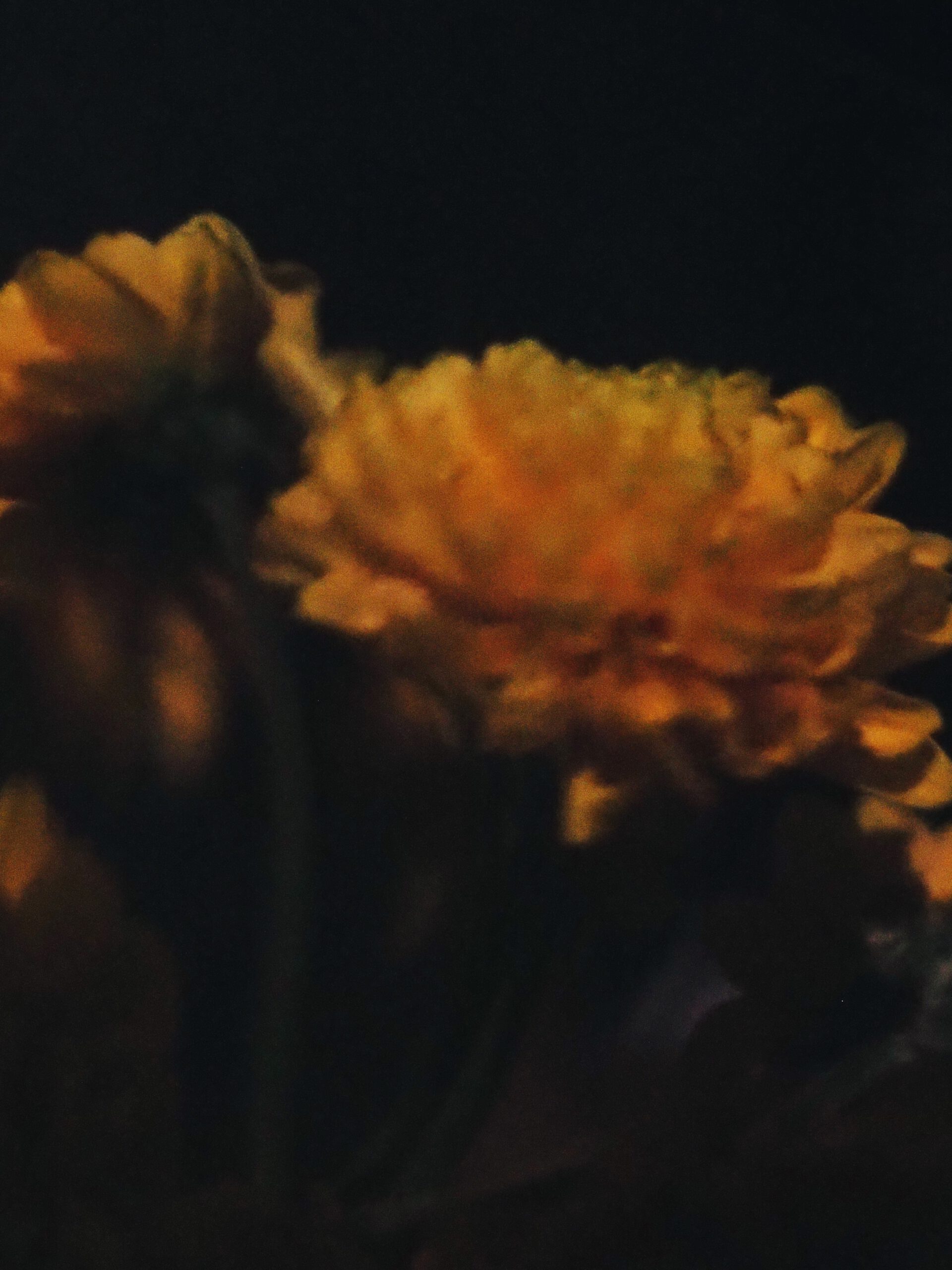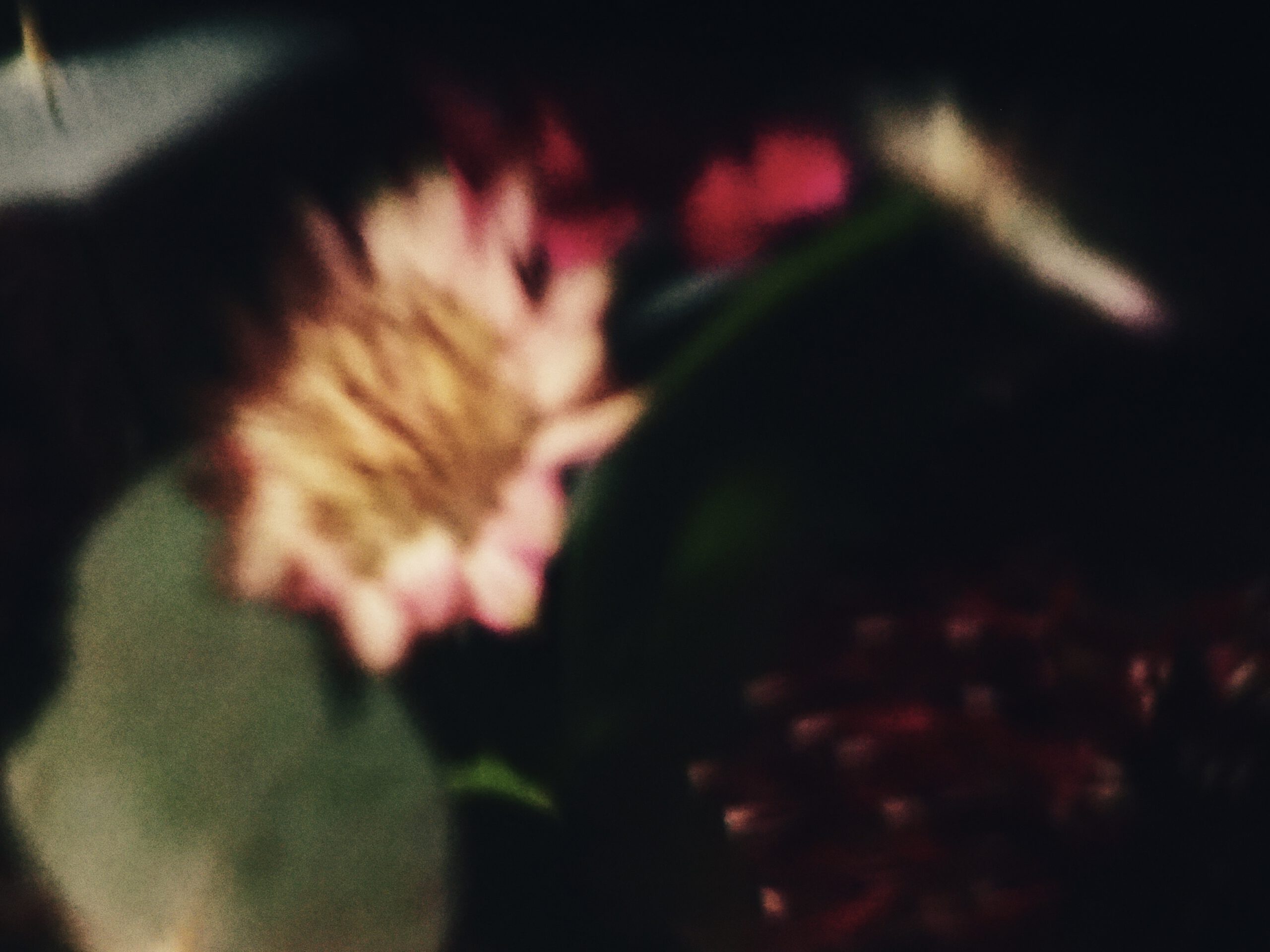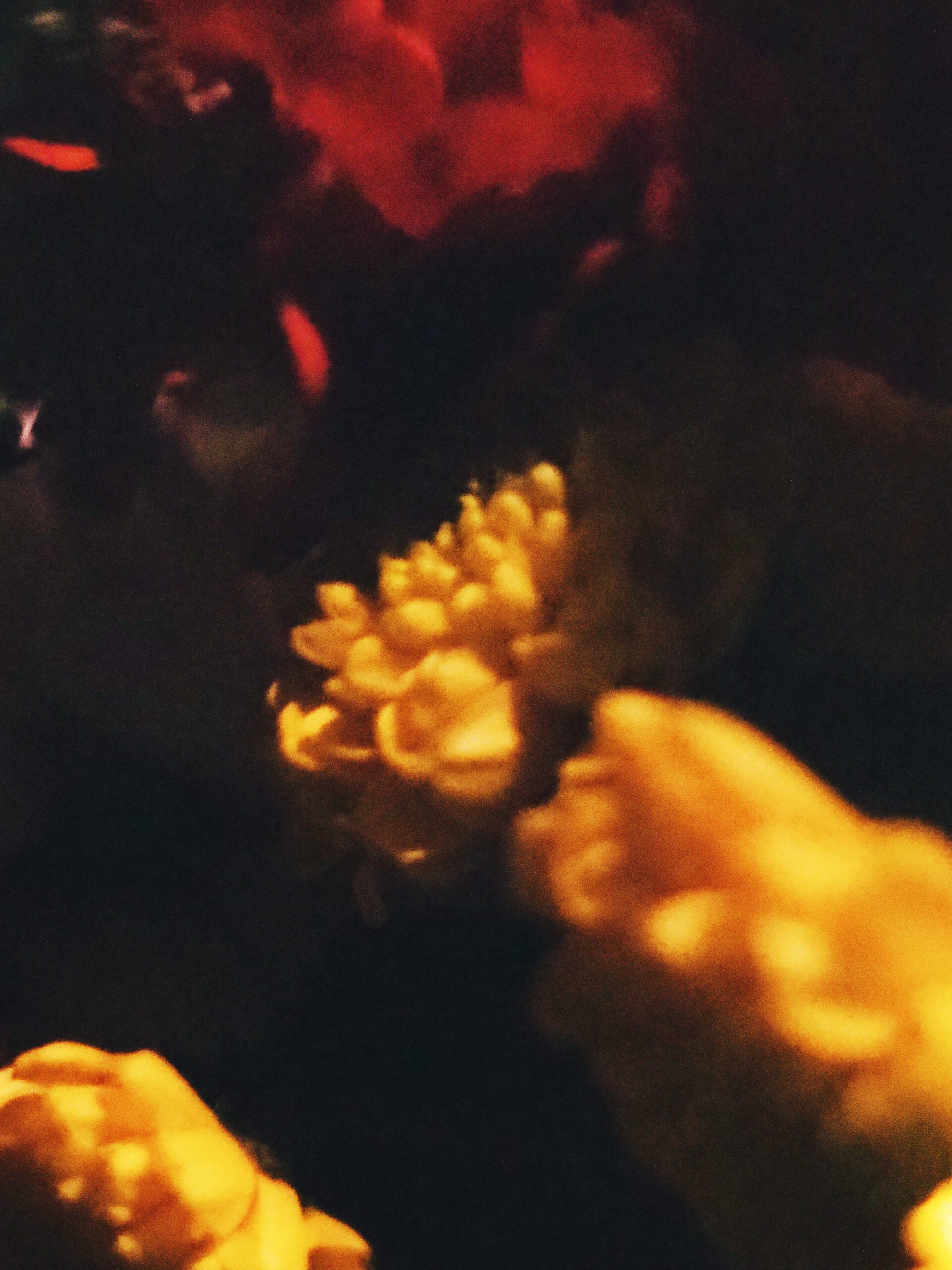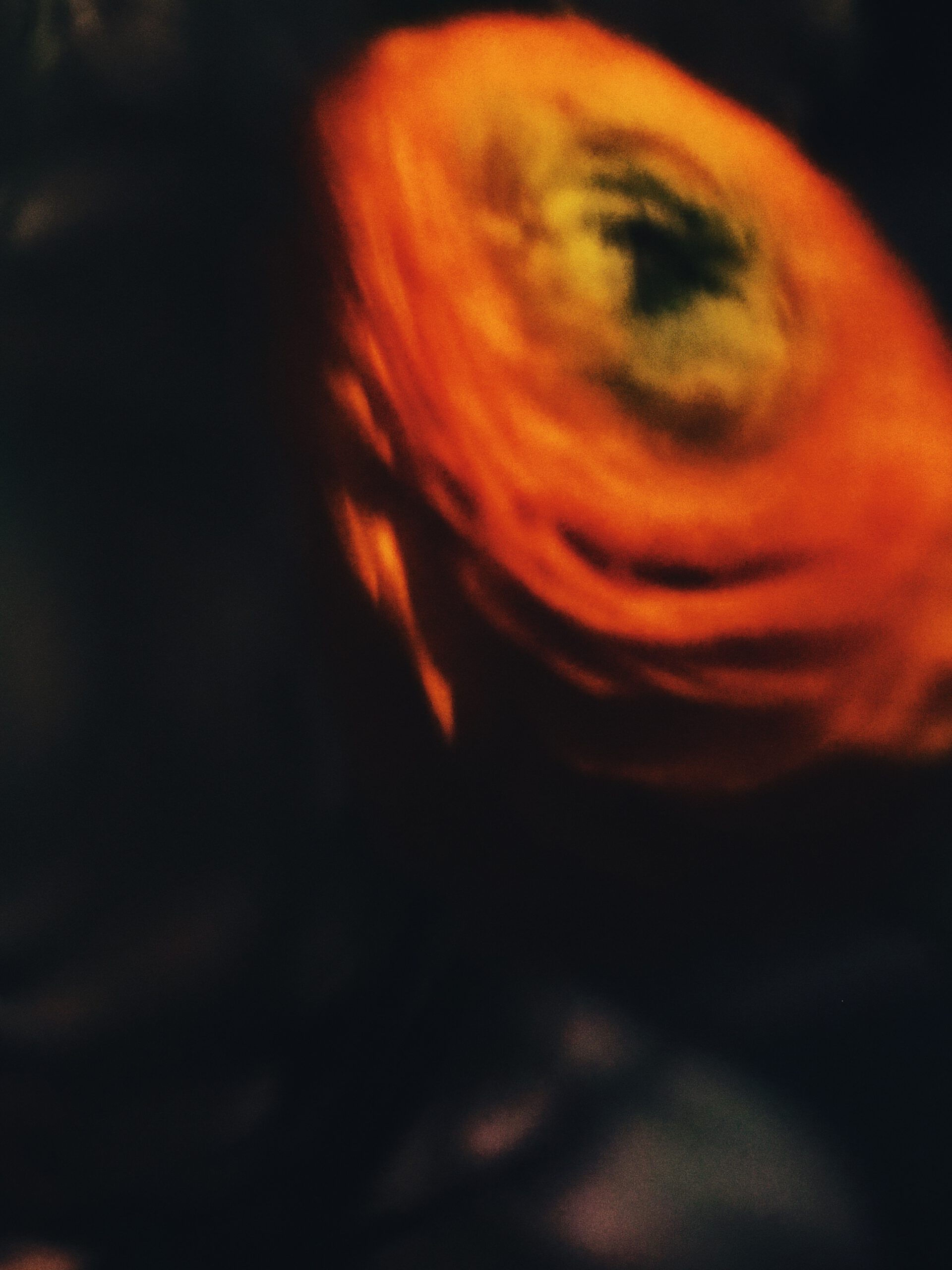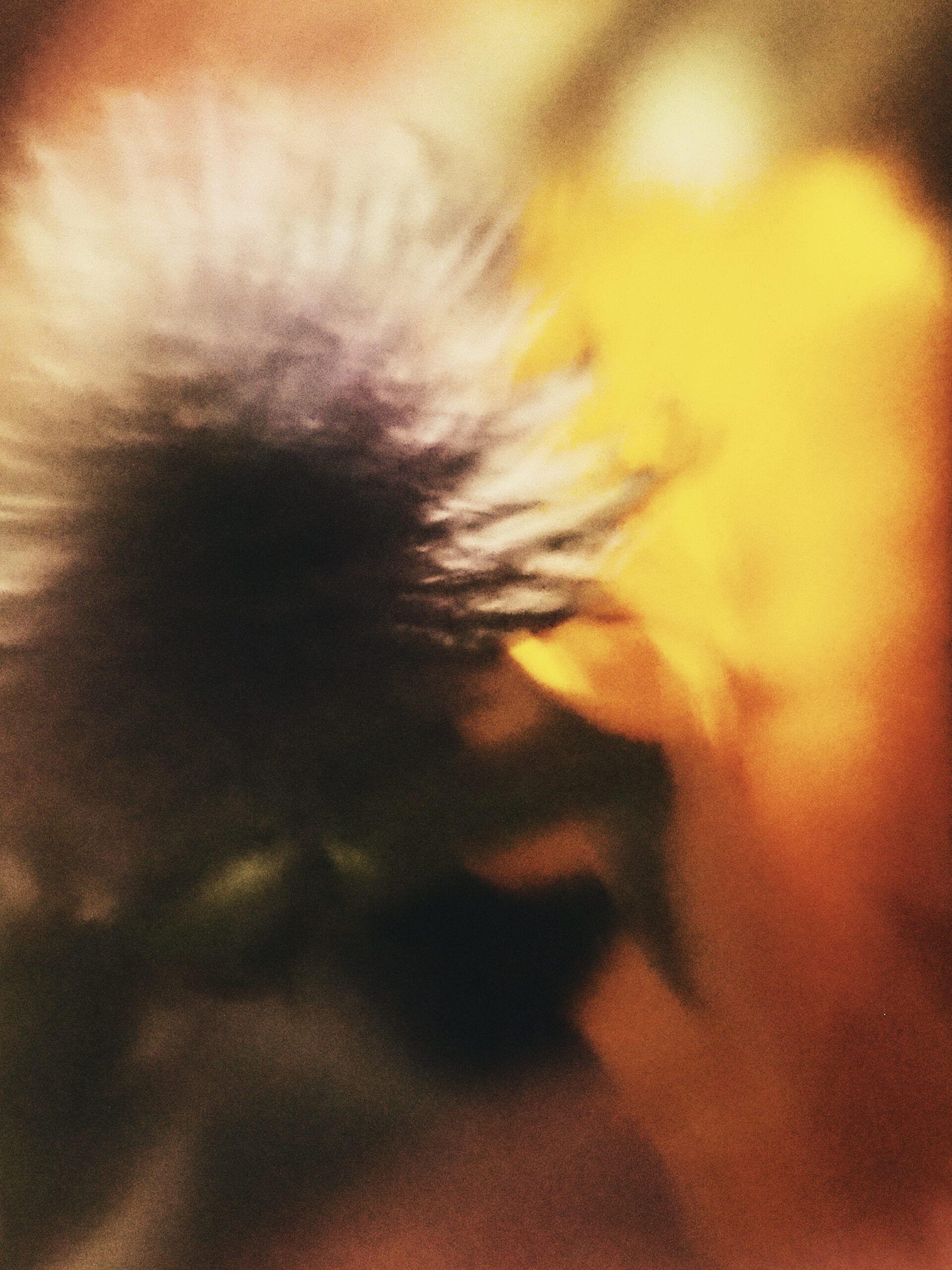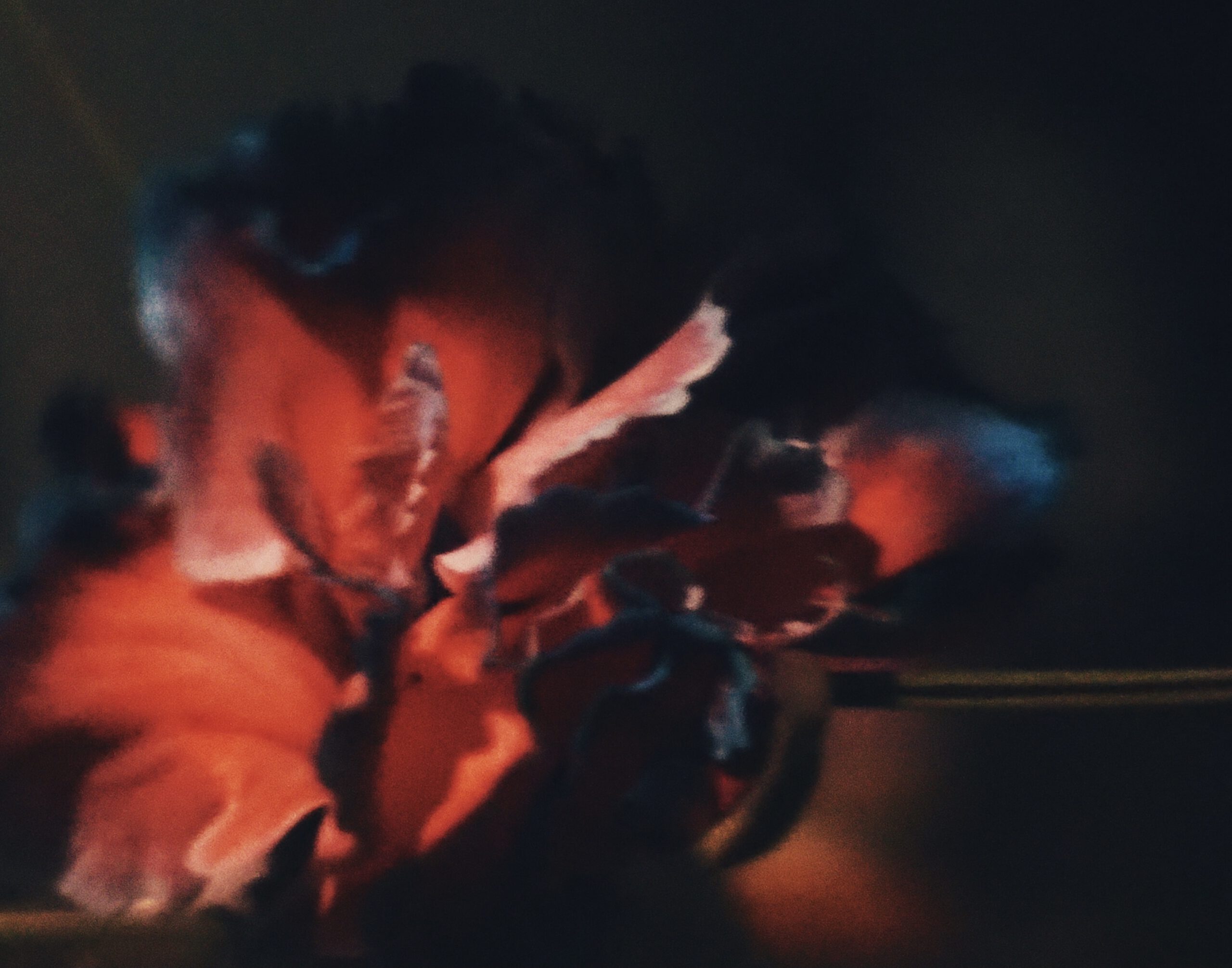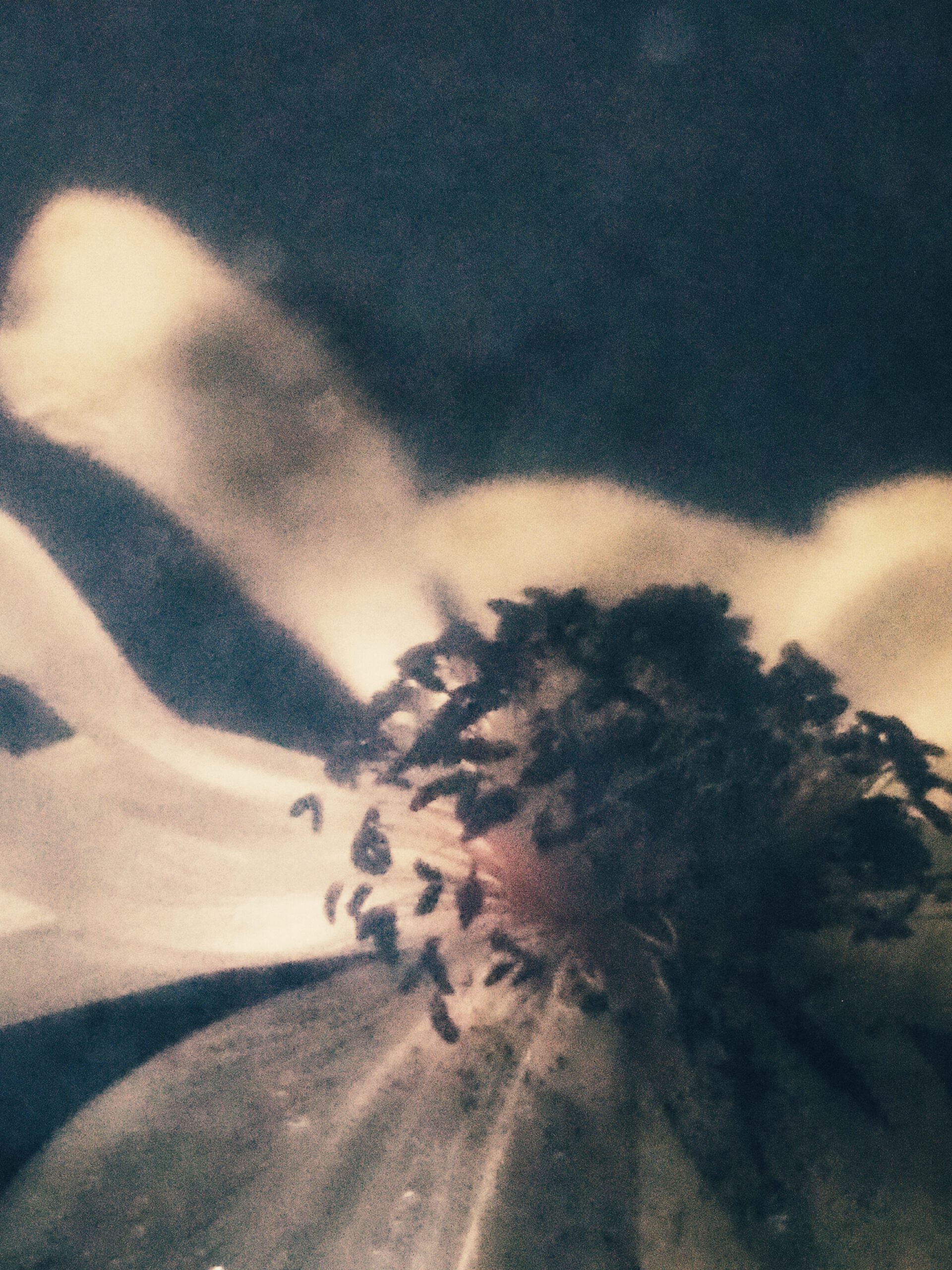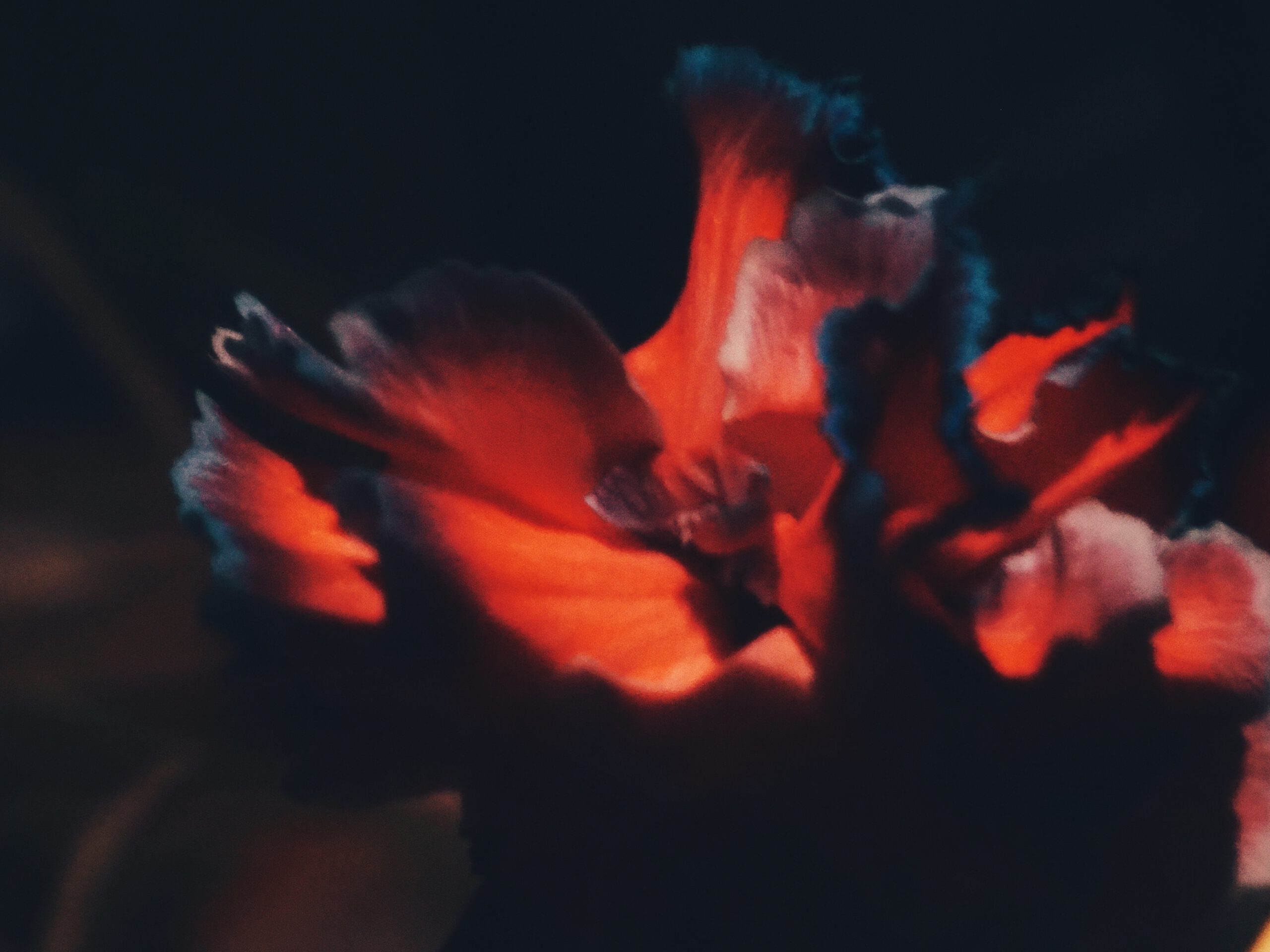Virtual Metaphysics
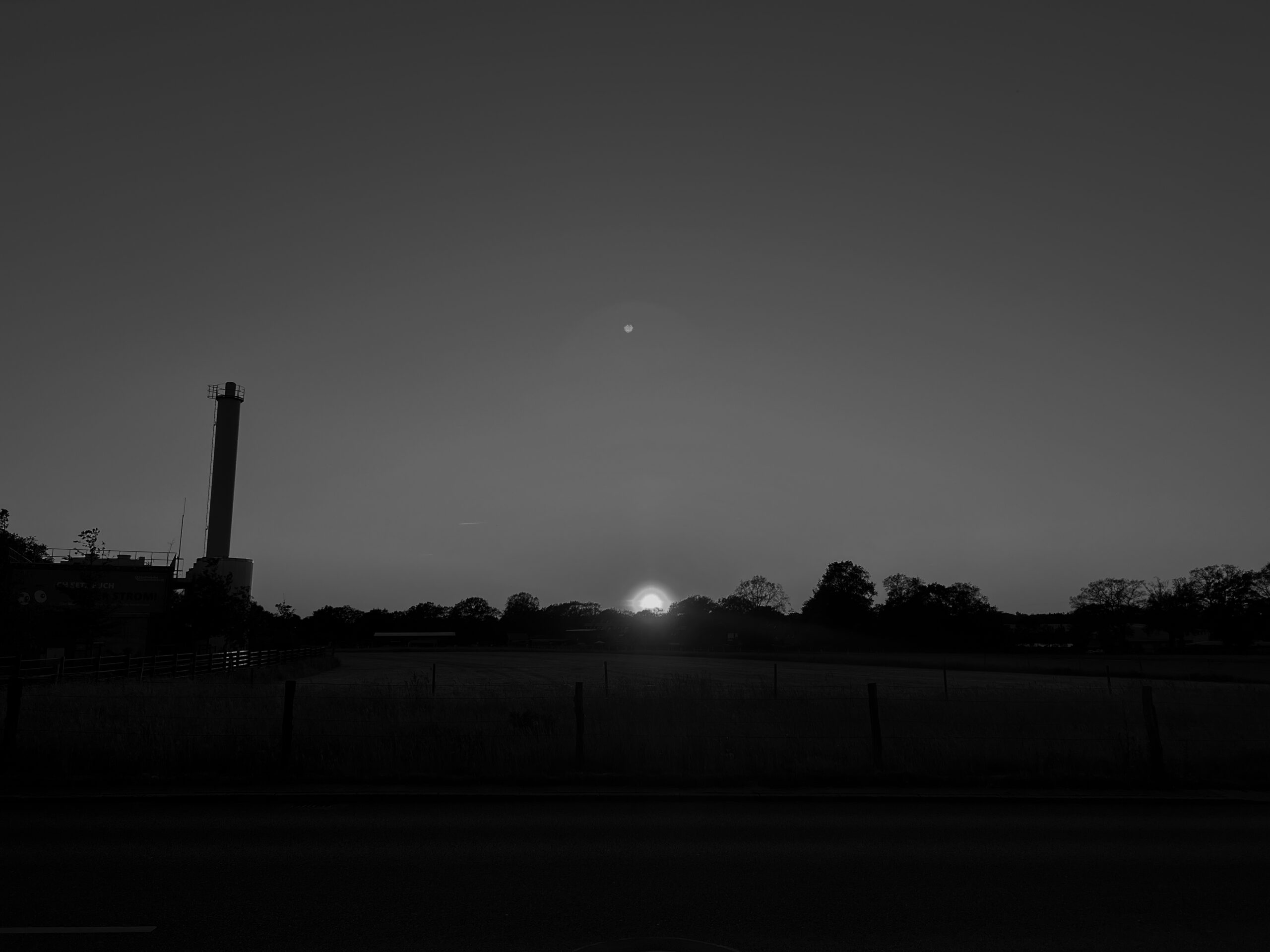
At the beginning a few definitions. And delimitations. As always with the articles here, it is food for thought to give someone new possibilities. Or new perspectives. Or simply about expanding the old ones.
It is not a philosophical essay. There is no time for that. And also the place.
The concept of virtuality is a very old one. And causes different connotations. But here it will be about technology. And about interacting with the new technology. And to inquire about what constitutes the human being around the technology. Or are we merely an appendage of technology? And should we remain so?
1. The technology
Let’s not kid ourselves. Virtual reality technology is still… not really mature yet. Compared to the attempts around artificial intelligence, we are talking about children’s shoes here. Especially since we don’t know in which scenarios we will be able to use it. Virtual reality, then.
Mark Zuckerberg’s attempts (Metaversum) are rather ridiculous. They remind us of an early version of Second Life, and nobody really remembers Second Life anymore. In the end, SL became a big hangout for porn enthusiasts. What an achievement of Western civilization!
Apple, on the other hand, presented us with augmented reality rather than a truly virtual one some time ago. But that is very interesting. Because we seem to be more likely to accept this reality. And the scenarios for using it can also help us. Maybe they can help us understand ourselves better. In any case, they tell us a story. Namely, that we feel much more in an augmented reality than in a virtual one. We see the familiar environment, and we recognize other people around us (even if we wear funny-looking glasses). And we can “do something with it”. In contrast to the Metaversum, where we are completely immersed in an artificially created world, we feel better in our, perhaps not so ideal, one.
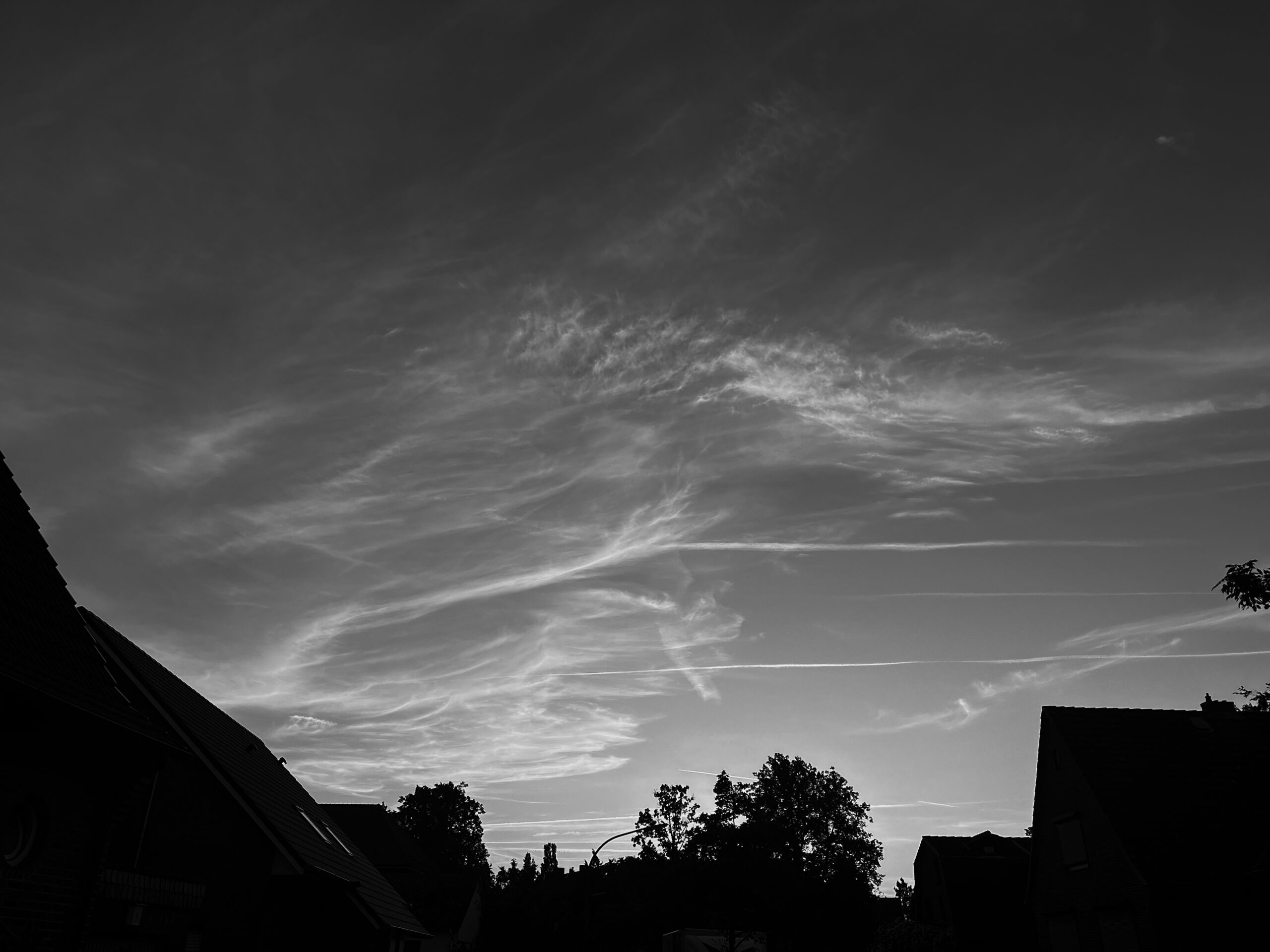
But Apple Glasses also tell us another story about ourselves. They are simply in the form of glasses. There are two panels built in, and two monitors that scan the environment for us. A bit like driving assistants.
If we see a familiar reality through glasses, it is merely an image. The image that cameras record and show us on the monitors. So we believe we are in a “familiar environment.” But this environment is already digitally edited.
2. Phenomenology
Postphenomenology deals with the question of how digitalization, how new technologies change our perception, and our view of the world. Therefore, it would be too simple to merely ask the question of phenomenology here. Especially since phenomenological theories have drifted into science. But what is at stake here is, simply, something else. It is about, as noted at the beginning, thinking about how human beings change. And not merely his perception. If we stayed with perception, we would be asking ourselves questions that have already occupied epistemologists. Namely, questions about what access to the world we have when we have funny glasses in front of our eyes. Glasses that pretend a familiar environment to us.
Hence, the following questions. What does a reality do to us that is not ours? And what will this reality look like if it is not created by us but by an AI? And will we be able to find our way around it?
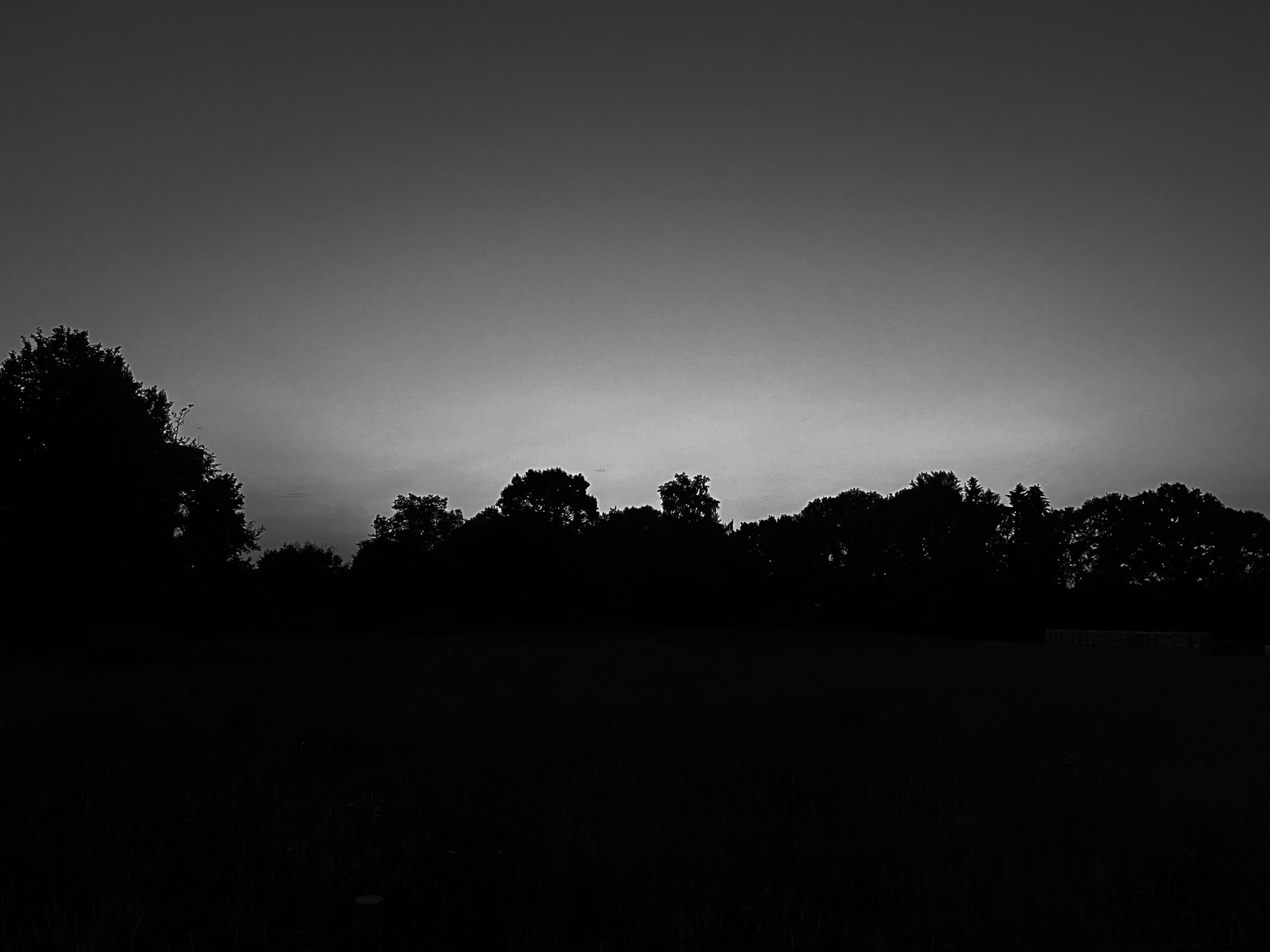
3. The virtuality
It is remarkable that we perceive a pair of glasses that scans the environment and shows us an image of reality as more virtual than the image that a drone pilot sees on the monitor (I am talking about the large long-range drones that have the ability to fly over the ocean and kill a person from a distance). Such a pilot, by not being directly involved in the war, but going home to his family after work, ends up inventing stress.
And that is the first problem. We have become accustomed to thinking of virtuality as something alien. As a whole new reality. But (as the metaverse shows) it is the imagination of people. Other people think about how people would interact with reality. In which environment they would feel comfortable? What viewing habits do they have? It’s kind of like interior design. Or with urban development. Some environments we find too… artificial, too… virtual. We don’t feel comfortable there. Others, however, we prefer.
It is similar to the current AI. It is the result of our thoughts. It collects our data from the Internet and processes it. The results then are the result of mankind’s thoughts.
For this reason the first thought. Virtual reality is not a foreign one. It is our reality. Concentrated on two monitors in a pair of glasses.
End of Part I


